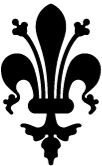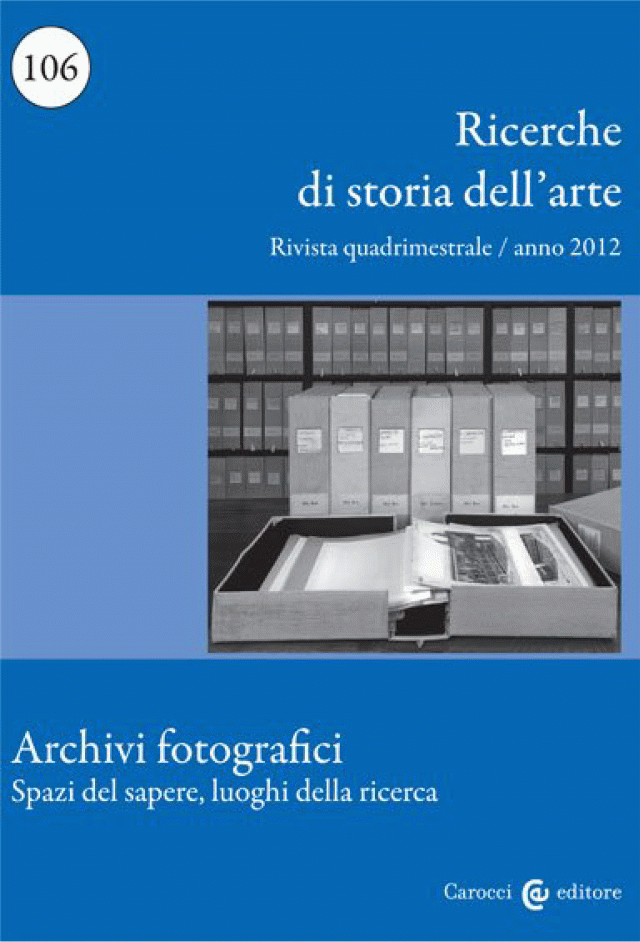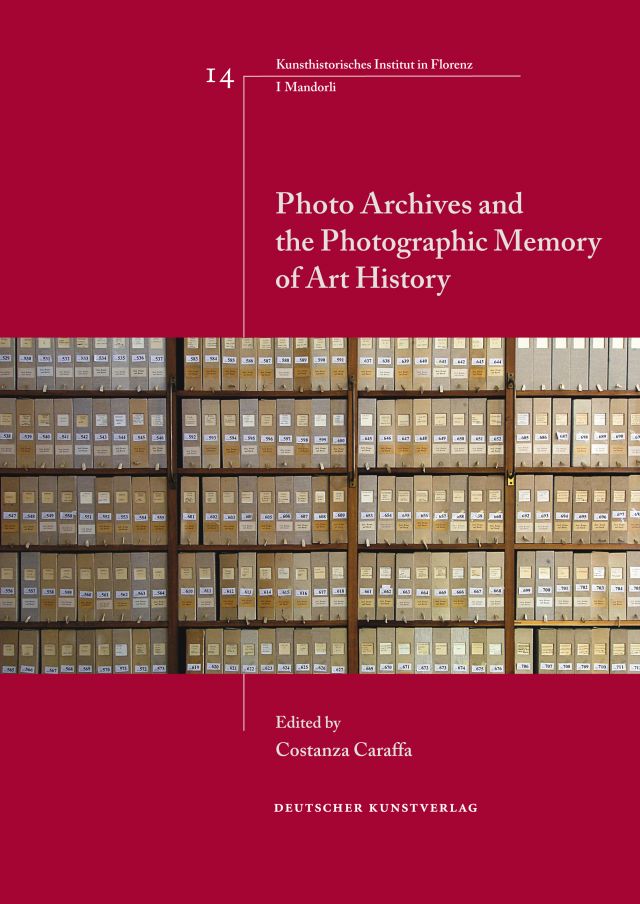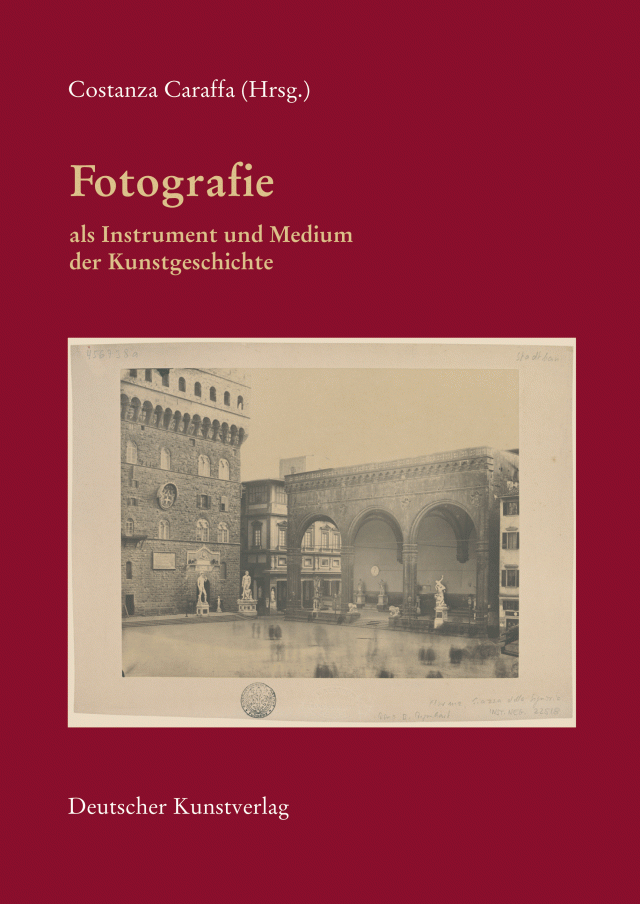Research
Photography as Instrument and Medium of Art History
Costanza Caraffa, Ute Dercks, Almut Goldhahn
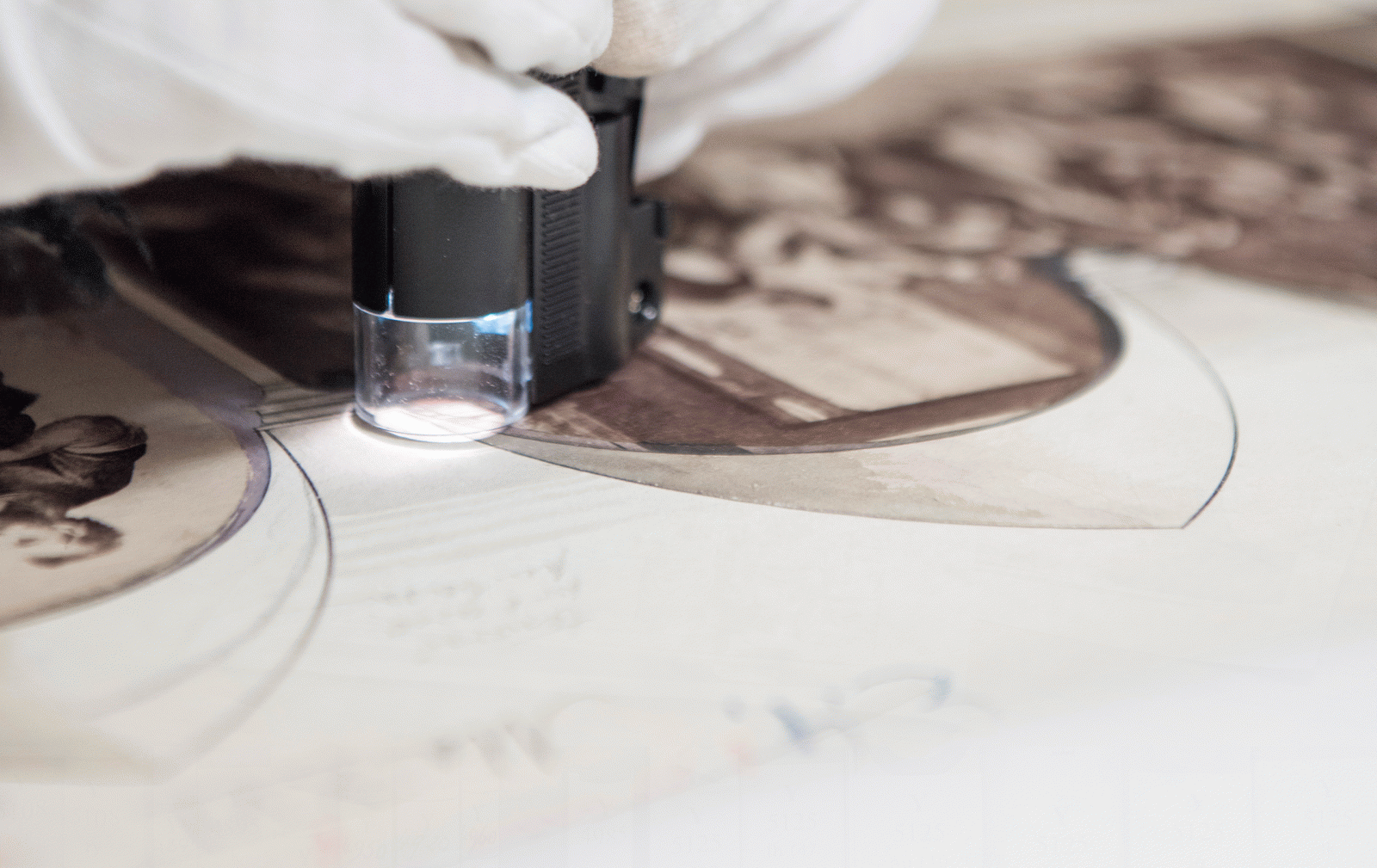
Historic photographic collections created with the purpose of art-historical documentation are also documents of the methods and the history of the discipline. This recognition has led in recent years the Photothek of the Kunsthistorisches Institut in Florenz to initiate a shift from the traditional use of a photo library as a simple repository of photographic reproductions to a wider consideration of the epistemological potential of documentary photo archives. The historical perspective is bound up with a material approach: photographs are recognized as three-dimensional objects that exist in a temporal and spatial dimension and in social contexts. They are not only academic tools, but also research objects in their own right. This approach, which is especially indebted to the studies of Elizabeth Edwards and Joan M. Schwartz, is the key to transcend a purely functional understanding of photographs as two-dimensional reference to the (art) objects represented. The focus on the archive as dynamic corpus, as locus for research and encounter, draws attention to the actors involved: archivists, scholars and academic staff, shape the collection and the archival structures (Terry Cook) and thus the potential meanings of photographs. The investigation of our own holdings and archive structures is intended as a contribution to a wider debate on research practices in and about photo archives. Research has concentrated on the classification system, and especially on the role of Ulrich Middeldorf. The actors also include the many art-historical personalities and connoisseurs who have left their traces in the Photothek. Their attributions and annotations left on the card mounts of the photographs represent important sources for the history of art history. The holdings of the Photothek have been especially enriched through donations and bequests from individual scholars, such as Hermann Ulmann, Cornel von Fabriczy, Friedrich Kriegbaum, Richard Offner or Robert Oertel. The contextualization of groups of photographs and their correlation with documents in the Institute's archive throw new light on the individual working methods. At the same time these case studies offer deeper insights into the Institute's history and into the processes involved in creating its photo archive.
Ute Dercks: Ulrich Middeldorf Prior to Emigration – The Photothek of the Kunsthistorisches Institut in Florenz (1928–1935)
In: Exiles and Émigrés, Libraries and Image Collections: the Intellectual Legacy, edited by Jaś Elsner and Clare Hills-Nova, Art Libraries Journal vol. 38, n. 4 (2013), pp. 29–36
Ute Dercks: "And because the use of the photographic device is impossible without a proper card catalog. . . ." The Typological-Stylistic Arrangement and the Subject Cross-Reference Index of the KHI's Photothek between 1897 and the 1930s
In: Classifying Content. Photographic Collections and Theories of Thematic Ordering, edited by Chiara Franceschini and Katia Mazzucco, Visual Resources, Volume 30, Issue 3, September 2014, pp. 181–200
Ute Dercks und Almut Goldhahn: "Wer ist nun der so geschickt berechnende Meister?". Media e strumenti della connoisseurship dei primi del novecento al Kunsthistorisches Institut in Florenz
In: I conoscitori tedeschi tra Otto e Novecento, Tagungsakten Florenz 2013, hrsg. von Francesco Caglioti, Andrea De Marchi und Alessandro Nova, Mailand 2018, pp. 113–126
